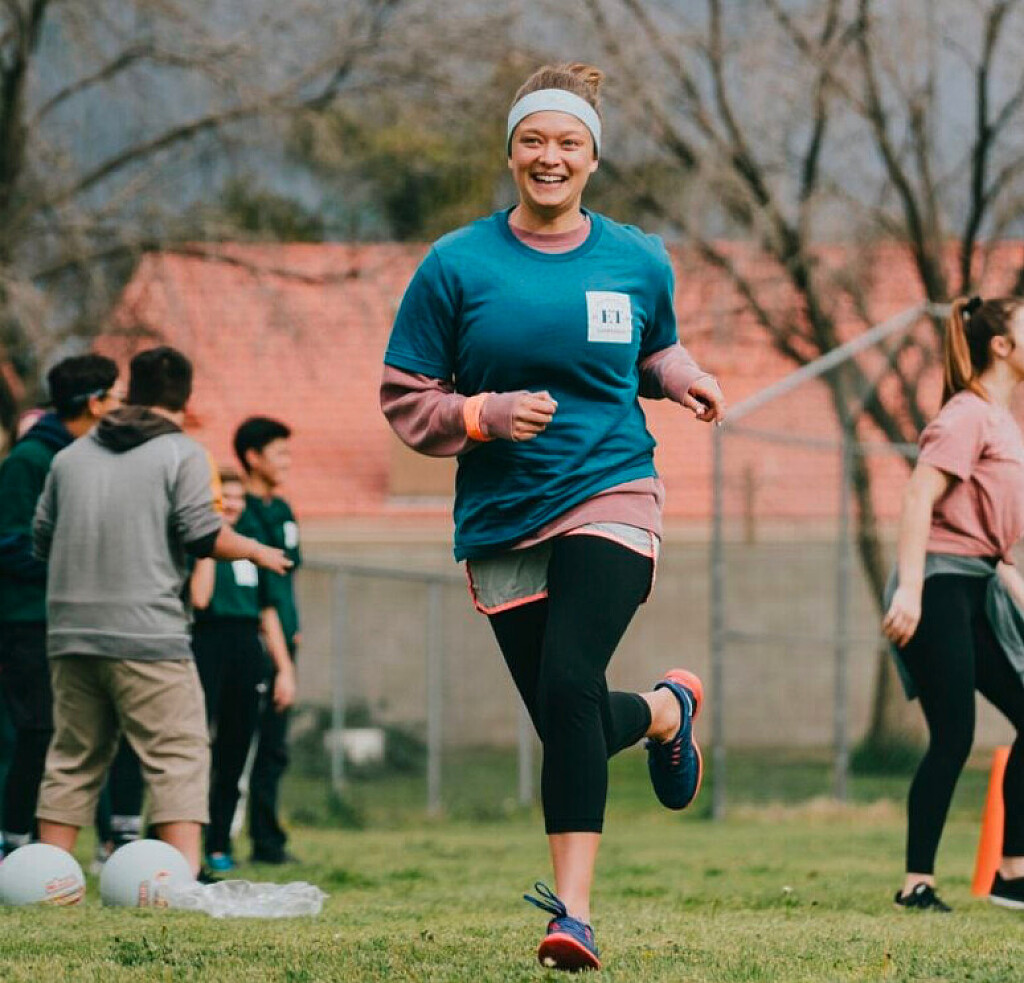Running News Daily
Running News Daily is edited by Bob Anderson. Send your news items to bob@mybestruns.com Advertising opportunities available. Train the Kenyan Way at KATA Kenya and Portugal owned and operated by Bob Anderson. Be sure to catch our movie A Long Run the movie KATA Running Camps and KATA Potato Farms - 31 now open in Kenya! https://kata.ke/
Index to Daily Posts · Sign Up For Updates · Run The World Feed
How To Run Slow
The key to running fast is learning to run slow. I have said that so often that it's practically my version of a coaching campaign slogan. Make Aerobic Development Great Again!
But what does it mean, and how do you do it? Of all the questions I get, these are probably the most common. People struggle to define how fast their everyday, non-workout runs should be.


And these questions are the most important ones you will ask in your running career. There are countless stories of athletes who learned to slow down, which kept them healthy, which allowed them to run more, which made them faster.
For example, every runner in Boulder has seen the Japanese Olympic team doing their training camps on the surrounding trails. Most of the time, they are running at a pace similar to a sedated sloth. But sometimes, they are running like antelopes on amphetamines. This polarization of training is necessary for higher volume, which is necessary for training and racing breakthroughs.
The easiest way to pinpoint your everyday pace is through a heart-rate monitor. The classic formula for less experienced runners is 180 minus age as a cap on your heart rate during most runs.
However, that formula is crude and controversial. (It'll be too fast for elites and experienced runners, and sometimes too slow for people just getting started). Most of us use perceived exertion to determine our running speeds anyway.
So for most of us, running easy and slowly enough is a mystery. Here are five tips to make sure you run slow enough on your easy days.
1. Run conversationally with friends
If you can hold a conversation about your latest Netflix obsession without gasping for air, then you are probably running easy enough. My rule is three complete sentences at a time.
2. Run conversationally with your dog
Dog jogs are a great way to control speed. Also, the biggest advantage of all-dogs can't talk about human politics!
3. Do the breath test
If you don't have a friend or a dog, you would make a good main character in a sad country song. But there is still a way to see if your breathing is controlled.
I am a solo runner, and I use the breath test. If I can hold my breath for five steps mid-run without changing my pace, then I know my heart rate is controlled enough.
4. Make photography your workout
As runners, we get a unique perspective on the world that most people never even think about. Use that perspective to take photos!
Try to take one photo each run and post it on your social media. Looking for that perfect photo opportunity will have you relaxed and exploring new places. Stopping to take the photo will ensure you aren't chasing your fastest time or a Strava segment. And posting the photo will help dilute all of the political posts on Facebook. Wins all around!
5. Wear your slow shoes
We all have that one pair of shoes that are rock solid but with limited upside, sitting neglected in the corner. If you put those on, you won't have the urge to hammer an easy run.
Putting it all together, keep most of your runs easy. In general, less experienced runners should only run hard one to two days per week, and more experienced runners can run hard one to three days per week. The rest of the time, try to practice slow running as much as possible.
by Trail Runner Magazine
Login to leave a comment




